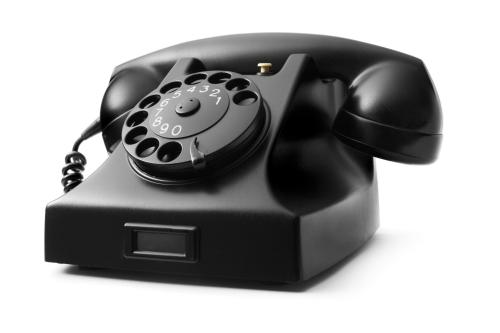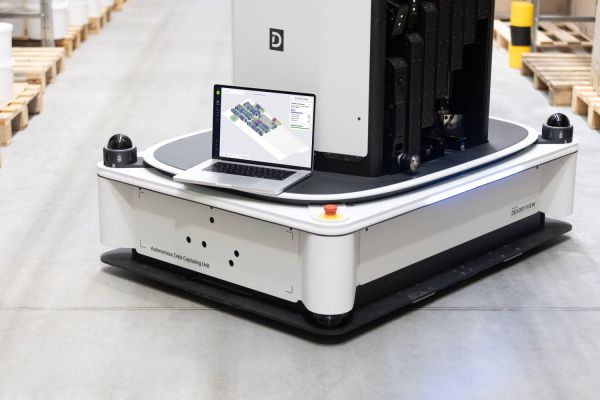You’re finally there! The atmosphere is amazing, the sound is spectacular and your location inside the stadium is fantastic. It’s time to pull out your phone and share the perfect moment on social media, and hundreds of people are doing it simultaneously, so the mobile network has to be ready for videos and photos to circulate at the speed and with the immediacy that users want.
What phenomena cause mobile network congestion?
At large events, a large number of people in a given area try to connect to the network at the same time. Radio connections, whether voice or data, are not only composed of the information in the message itself, but also the signalling required by the phone to communicate with the network, which also takes capacity away from the system itself. In addition to this, we must take into account that in this type of event we usually make intensive use of data, for example, when we send a streaming video or try to watch a replay of our team’s goal on our mobile phone.
Now let’s imagine that we are in the vicinity of a football stadium on any given day. We will be faced with a scenario of low mobile traffic demand. On the contrary, on a match day we will have a lot of messages in the air; data + voice + signalling, and all of these will try to coexist trying not to interfere with each other, so it is necessary to size the network well for these events in order to respond to this high demand of mobile traffic.
How is the network prepared for mass events?
On the one hand, a larger network deployment can be made; more antennas can be put in place. This is very common in stadiums and football stadiums, which are venues designed for periodic events. There is usually a specific deployment to cover that particular space, with special antennas. This type of solution is not straightforward, because interference control between the antennas themselves is complex.
There are also so-called mobile units, which are trucks equipped with antennas and the rest of the radio equipment that are moved to the event site; this can be seen for example at fairs or parties that take place outdoors at special events, which do not have such a regular recurrence or in emergency situations such as natural disasters.
The radio spectrum is the range of electromagnetic wave frequencies used to transmit information in mobile communications. These frequencies are a limited physical resource that is managed by regulatory authorities to avoid interference between users. Therefore, each antenna will have a maximum capacity depending on the available spectrum. Sometimes, the good quality of a connection will not only depend on putting more antennas to increase capacity, as there is also the problem of interference between antennas that we must avoid as it deteriorates the quality of the connection, so there is a maximum number of antennas that can be deployed on each frequency and their range will have to be adjusted to maximise coverage while avoiding interference.
We therefore conclude that the main deployment constraints to be taken into account when carrying out the deployment will be:
- Available radio spectrum
- Number of antennas: necessary to increase the capacity of the system, but a high number of antennas close together will cause interference to neighbouring antennas, causing an adverse effect Thanks to the meticulous planning and innovative solutions implemented by Telefónica, it is possible to guarantee efficient connectivity even at large events.
Despite the technical challenges involved, thousands of users are able to share and enjoy their experience in real time, demonstrating the capacity and commitment to offer a high quality service at the most demanding times.











